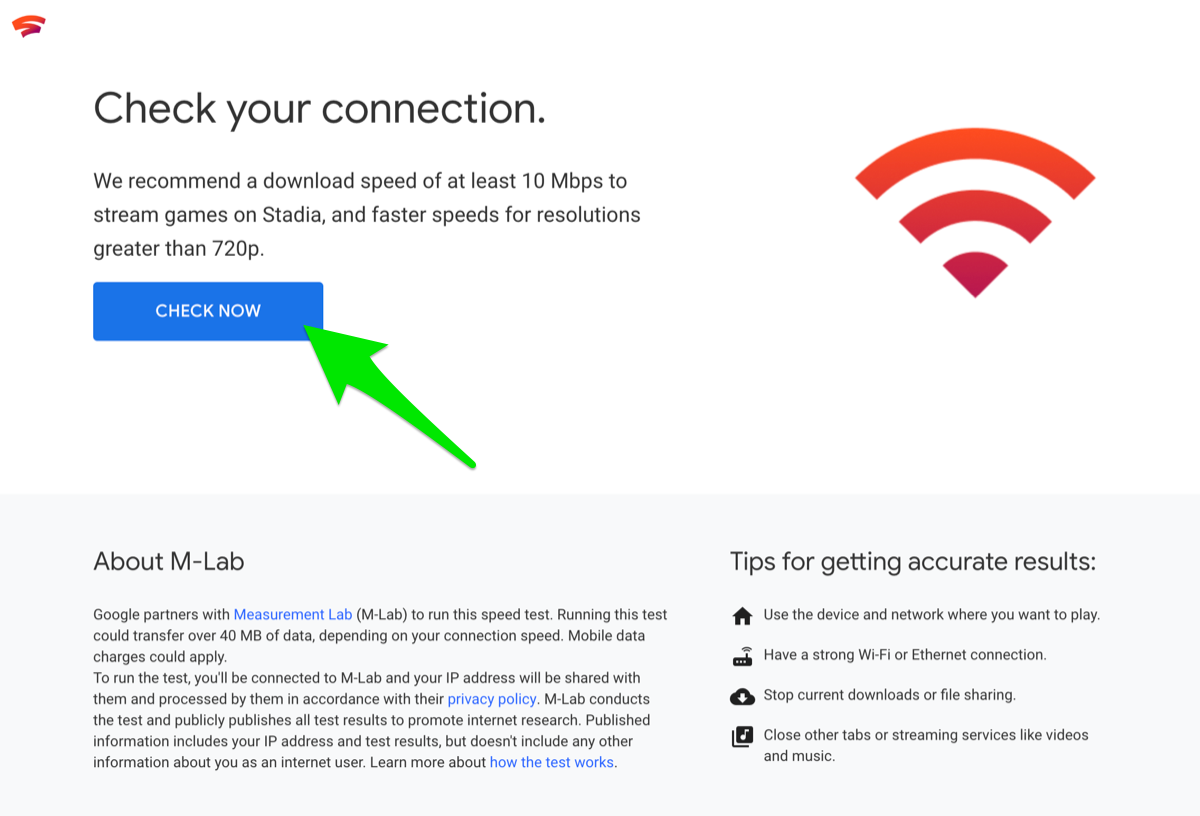

Now that my fairly large test site was ready, I needed to enter the domain into the Google PageSpeed Insights tool so I can see what score I get before optimizing the site. In the end, the images I added were also cloned and I ended up with 144 unoptimized images. Then, I copied the post I created so I ended up with 50 total pages. I deleted the “Hello World” post and copied the one I created in small batches until I had a total of 1000 posts. Next, I used the Duplicate Post plugin I installed to bulk copy the post and page I created.

#GOOGLE SPEED TEST FREE#
If you don’t currently have a WPMU DEV membership to use many of the plugins in the list above, I highly recommend signing up for a free trial, which will give you access to everything. I also configured Defender, Tickera and I set up Multisite Privacy to protect the site’s SEO while I performed this experiment.
#GOOGLE SPEED TEST PRO#
The only two plugins I didn’t network activate were Hummingbird and WP Smush Pro since I was going to configure them later to optimize my test site. Regardless of why I needed that 100 score, it gleamed in my mind like a first place trophy and I had to have it on my mantle! I was willing to pull out all the stops to get it so here’s what I did to improve my site’s performance before steam started blowing out both my ears.įeel free to follow along and create your own exact replica test site so you can see my frustration progress first-hand.Īfter I created and installed a fresh WordPress Multisite network, I added these plugins: The higher you score, the better your site is measured to perform. It checks for ways your site could improve its performance for the time it takes to load above-the-fold content and the time it takes for the whole page to load. Google PageSpeed Insights is a tool you can use to rate your site’s performance with a score ranging from zero to 100 for both mobile and desktop versions. This may not seem like much, but visitors were so angry, Microsoft quickly pulled the experiment.īottom line: If you want people to visit your site, stay longer and actually come back, a major factor in achieving this is a fast page load time. At 500 ms, customer dissatisfaction went up by 0.9% and when loading times climbed to two seconds, dissatisfaction also went up by 3.8%. Ohye also talks about a study Microsoft and Google did in 2010 where they purposefully delayed site loading times. Maile Ohye, Google’s Developer Program’s Tech Lead, noted in her video Site Performance For Webmasters that your site should load in 2 seconds or less, but those at Google aim for half a second, or 500 milliseconds. This trend is also set to continue in 2017 where there’s expected to be more internet traffic than all prior years combined. An increase in site speed from eight to two seconds can boost your conversion rate by 74%.Site speed also affects your bottom line since 51% of online US shoppers say it’s the top reason for abandoning their shopping cart.(eight seconds less in 2016 than compared to 2009.) Site abandonment was 40% if the loading time is more than three seconds.Statistics compiled by Hosting Facts found: In 2016, the numbers became more shocking. In the same year, studies by Akamai and found that 47% of your visitors will abandon your site after 10 seconds or less. In 2009, Google conducted an experiment and found they lose 20% of their traffic for every 100ms of load time for a page. Why was I so obsessed with my site’s page speed? Because page speed has become an ever increasing factor in getting visitors to stay on your site. I’ll also go over what I did to improve my site’s performance, I’ll reveal my shocking score, why your site’s speed is still important, and a reasonable score you should try to achieve. Today, I’ll explain what I learned instead: Every site can’t get a perfect score and Google PageSpeed Insights isn’t actually the best benchmark for site speed, but it’s still worth using. (FYI: That’s my way of making myself feel better.)

I can definitely say with no confidence at all that I achieved my goal. I challenged myself to make it happen with a larger site because, well, you gotta just go for it sometimes! I figured it would be easy given all the tools I had at my disposal, including Hummingbird and WP Smush Pro. So once I decided I wanted to get that perfect 100 score from Google PageSpeed Insights, I went for it and wouldn’t.


 0 kommentar(er)
0 kommentar(er)
